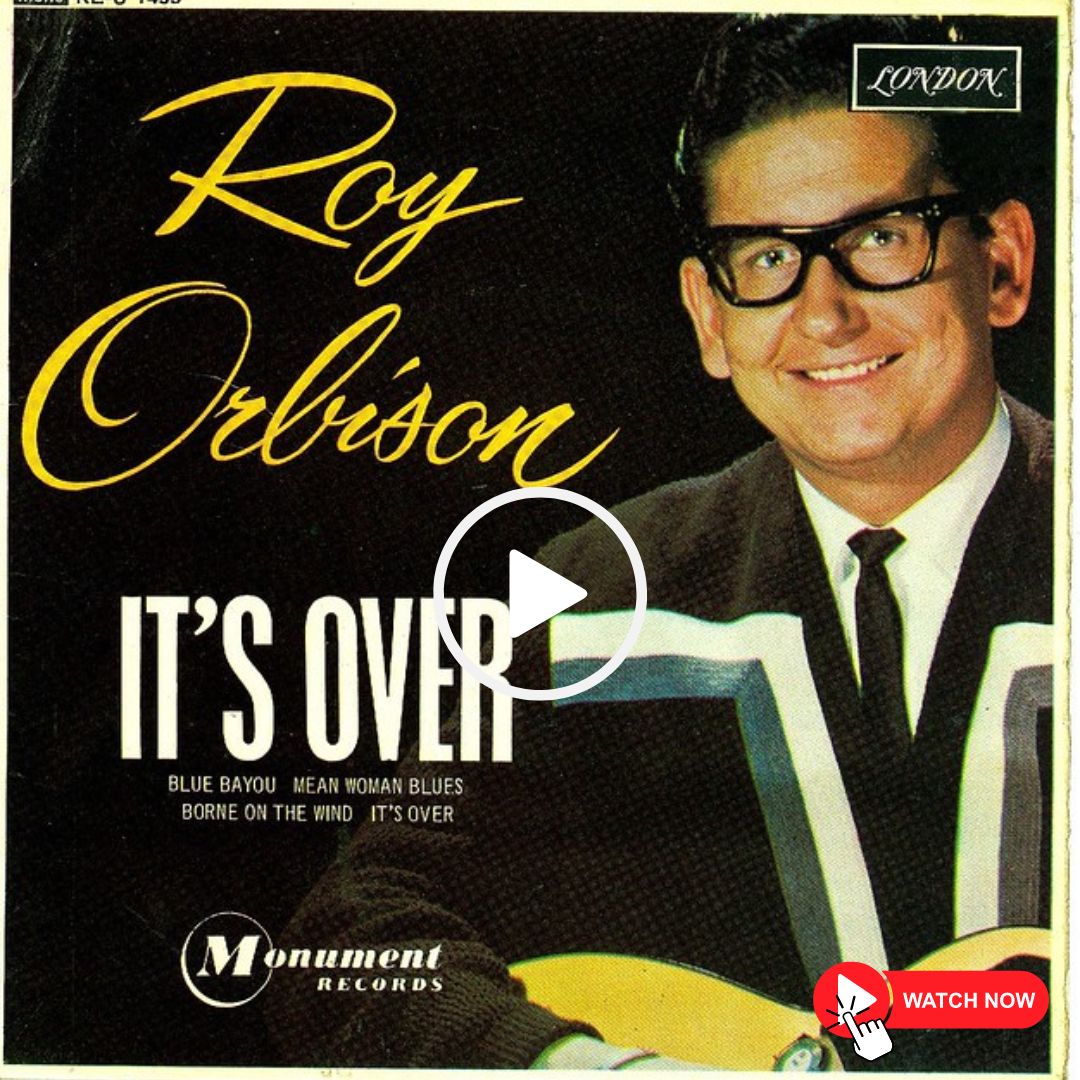Roy Orbison’s “It’s Over” is an iconic ballad that emerged in 1964, showcasing Orbison’s exceptional vocal range and emotional depth. The song is a masterclass in both songwriting and performance, featuring Orbison’s soaring falsetto against a backdrop of lush orchestration. Released as a single, “It’s Over” quickly climbed the charts and became one of Orbison’s signature songs.
The track opens with a poignant string arrangement, setting the stage for a heart-wrenching narrative. Orbison’s delivery, marked by a sense of resignation and sorrow, conveys the pain of a relationship coming to an end. The dramatic build-up and Orbison’s powerful vocal climax contribute to the song’s timeless and emotionally charged nature. “It’s Over” stands as a testament to Orbison’s ability to capture complex emotions through his music, earning its place among the greatest breakup songs in the history of popular music.
MEANING BEHIND
“It’s Over” explores the theme of heartbreak and the finality of a relationship. The lyrics depict the aftermath of a love that has faded, conveying a sense of acceptance and the realization that the emotional connection has irreversibly disintegrated. Orbison’s expressive delivery adds a layer of melancholy, with lines like “It’s over, it’s over, it’s over” echoing the inevitable conclusion of the romantic journey.
The song reflects Orbison’s personal experiences, particularly the end of his first marriage. The emotional resonance of “It’s Over” lies in its universality – it speaks to anyone who has experienced the pain of a breakup. The orchestral arrangement complements the lyrical depth, creating a musical tapestry that resonates with listeners on a profound level.
“It’s Over” remains a timeless classic, celebrated for its emotional authenticity and Orbison’s vocal prowess. The song’s enduring appeal lies in its ability to capture the essence of heartache, making it a poignant and relatable piece that continues to connect with audiences across generations.
